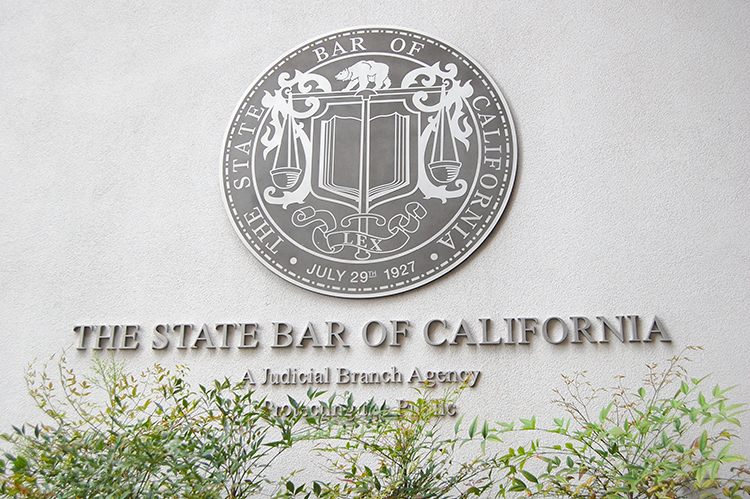Commercial Lenders Bracing for Expected Wave of Defaults
It isn’t just in the residential real estate market that lenders financed projects based on dubious assumptions. In 2006, when two companies paid $5.4 billion for a huge apartment complex in Manhattan, lenders projected that net operating income for the high-profile acquisition would triple in five years, to $336 million.
In fact, net income this year for Peter Cooper Village and Stuyvesant Town is expected to be $139 million, only slightly more than the $112 million that it earned in 2006, and the complex is burning through about $16 million a month. With only $34 million or so left in reserves, it is teetering on the brink of default, reports the Wall Street Journal.
And this is likely to be only one of the first such debacles in a wave of commercial-property failures, the newspaper says. While debt may be restructured to avoid foreclosure, the plummet in value of such bellwether projects–one estimate puts the present worth of Peter Cooper Village and Stuyvesant Town at $2.1 billion, thanks in part to a successful tenant lawsuit challenging rent increases–is likely to have a debilitating effect on the commercial market in general, the newspaper says.
Owners of the project declined to comment.
Additional and related coverage:
Bloomberg (commentary): “Mark-to-Make-Believe Turns Junk Loans to Gold”
Dallas Morning News: “Dallas-area commercial foreclosures a growing concern”
Northwest Herald: “Foreclosures expected to rise in commercial properties”



